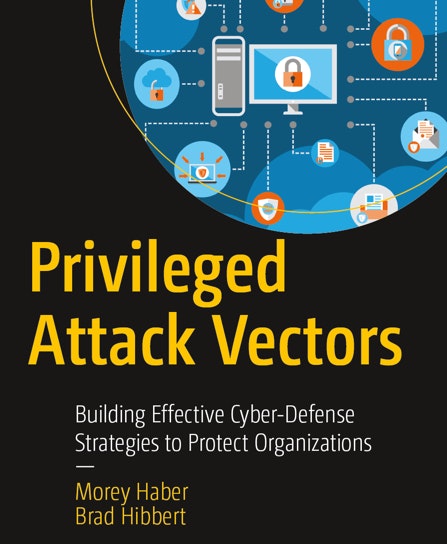
In decades past, an entire enterprise might have been sufficiently managed through just a handful of privileged credentials. These credentials and their accompanying passwords would have been simple to remember and simple to communicate to team members that needed them. Times have changed.
Today’s environmental complexity means privileged credentials are needed for a multitude of different account types: from domain admin and sysadmin to workstations with admin rights, operating systems (Windows, Unix, Linux, etc.), directory services, databases, applications, cloud instances, networking hardware, Internet of Things (IoT), social media, and much more. Organizations now have privileged credentials virtually everywhere and they all need to be managed in order to stay secure. When unmanaged, these privileged credentials pose a significant threat from both external hackers and insider threats that can present a “game over event” for an organization or its team members.
While some new and innovative solutions can help protect against or detect the initial infection, they are not guaranteed to stop 100% of malicious activity. The volume and frequency of privilege-based attacks continues to increase and test the limits of existing security controls and solution implementations.
The book Privileged Attack Vectors: Building Effective Cyber-Defense Strategies to Protect Organizations details the risks associated with poor privilege management, the techniques that hackers and insiders leverage, and the defensive measures that organizations must adopt to protect against a breach, protect against lateral movement, and improve the ability to detect hacker activity or insider threats in order to mitigate the impact.
This book, authored by our Chief Technology Officer, Morey J. Haber, and Chief Operations Officer, Brad Hibbert, identifies how identities, credentials, enterprise passwords, and exploits can be leveraged to escalate privileges during an attack and breach an environment. It presents twelve logical steps that organizations can take to:
- Implement a secure privileged attack defensive
- Comply with privileged regulatory audit requirements
- Mitigate privileged threats through least privilege, access control, and session management
- Credential and password best practices to secure privileged access in any environment
- Integrate privileged access management into your existing systems and workflow

Cyber-attacks continue to increase in volume and sophistication. It is not a matter of if, but when, your organization will be breached. Attackers target the perimeter network, but, in recent years, have refocused their efforts on the path of least resistance: users and their privileges. This new book from the thought leaders at BeyondTrust will help you understand the risks and build a solid defense to protect your most prized credentials.
And if you’re ready to explore ways to help your organization defend against cyber threats, check out this on-demand webinar, "Privileged Attack Vectors & How to Build Effective Defense Strategies".

Mike Yaffe, Vice President, Marketing at BeyondTrust
Michael brings more than 15 years of experience at organizations ranging from start-ups to Fortune 100 companies to his position. He has a significant record of achievement in developing strategic and tactical marketing programs for information security companies. He possesses a strong set of skills in lead generation, public and analyst relations, product marketing, partnership development, positioning and branding. Prior to his role at BeyondTrust, he spent over 10 years with Core Security where he established the company's leadership position in the penetration testing space and helped grow revenues more than 10 fold during his tenure. Earlier in his career, he held various strategic, product, and marketing positions with NTRU Cryptosystems, SHYM Technology and CyberTrust. Michael was also a TV reporter and anchor for WVNY-TV (ABC) in Burlington, VT. He holds a Bachelor’s Degree in Marketing from Bryant University and a Master’s Degree in Journalism from Boston University.








